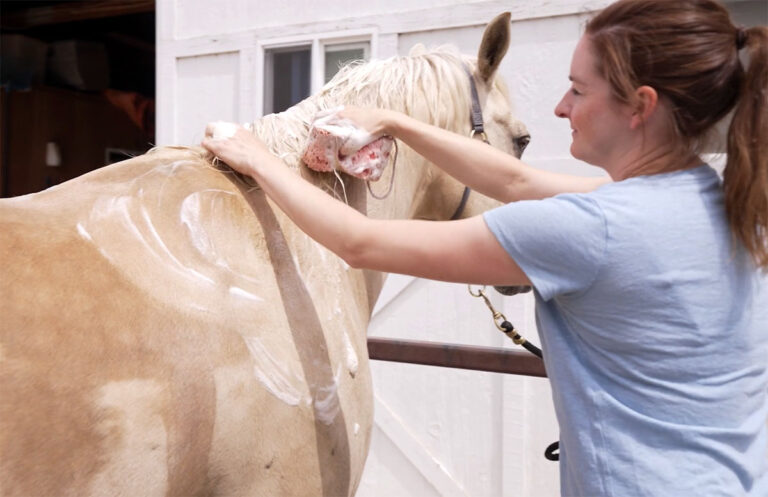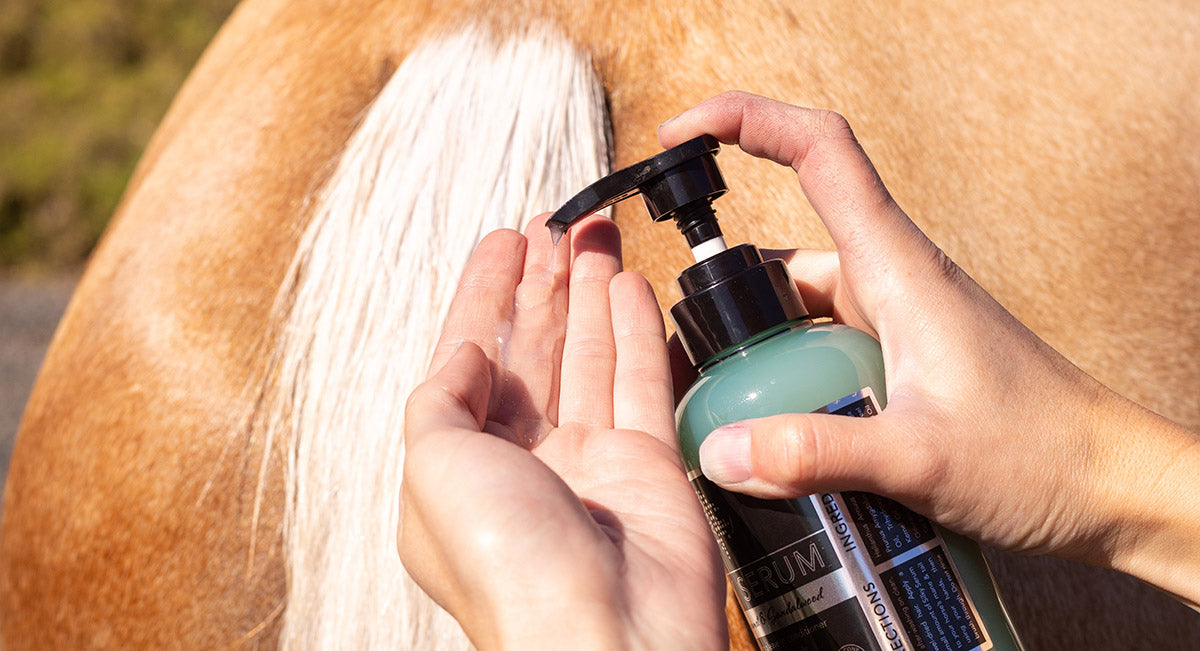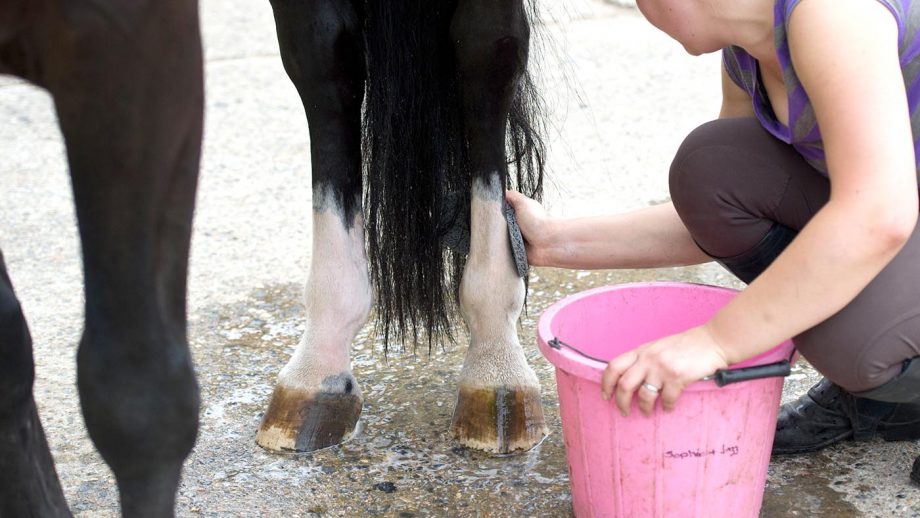Imagine a scenario where a beloved horse has lost its hoof, leaving owners and enthusiasts deeply concerned. Understanding what happens if a horse loses a hoof is crucial for ensuring the animal’s welfare and health. A horse’s hoof is essential for its movement and overall well-being, critical in absorbing shock and supporting weight. Without a healthy hoof, a horse’s mobility and quality of life can be severely impacted.
Severe trauma or disease might lead to the catastrophic loss of a hoof, which demands immediate attention. In the initial stages, the horse will likely experience extreme discomfort and pain. Mobility becomes restricted, and if not addressed promptly, infections may set in. Emergency care is vital to stabilize the horse’s condition and prevent further complications. This includes pain management, addressing shock, and immediate veterinary care.

The Anatomy of a Horse Hoof
To comprehend the severity of hoof loss, one must first understand the anatomy of a horse hoof. The hoof provides protection for the sensitive structures within the foot. It consists of the outer hoof wall, frog, sole, and digital cushion. These components work together harmoniously, ensuring the horse’s foot is supported as the animal moves. Each part has a role in absorbing impact and offering stability.
The Importance of Hoof Health
Maintaining hoof health is integral to a horse’s overall wellness. Routine hoof care includes regular cleaning and trimming to avoid common foot issues such as thrush or abscesses. Ensuring proper hoof health helps prevent situations in which a horse might lose a hoof.
Causes of Hoof Loss
Several circumstances may lead to a horse losing a hoof, including severe injuries, diseases, or infections. Poor hoof maintenance can exacerbate these issues, emphasizing the need for diligent care. Pathologies like laminitis, in particular, can set a dangerous stage for hoof deterioration.
Impact of Hoof Loss on a Horse
The consequences of losing a hoof are grave. What happens if a horse loses a hoof can transform the life of the horse and its carers drastically. Pain is immediate and intense, leading to inevitable lameness. Horses rely on their hooves for daily activities, and without them, basic functions become a challenge.
Immediate Medical Attention
Upon hoof loss, emergency medical attention is necessary. Veterinary intervention will typically include pain relief and preventing infection. The horse’s entire foot and leg need careful evaluation to assess further damage and complications.
Rehabilitation and Recovery
The path to recovery requires patience and diligent care. In some cases, artificial or prosthetic hooves can be fitted, helping the horse regain some mobility. Rehabilitation includes physical therapy to strengthen the remaining limbs and acclimate the horse to any assistive devices.
Preventing Hoof Problems
Prevention is the best strategy. Regular hoof care, employing skilled farriers, and maintaining a proper diet are some of the best defenses against potential hoof problems. Regular exercises and weight management further alleviate pressure and stress on the hooves, promoting longevity.
Farrier Services and Hoof Management
Consistent service from a professional farrier is essential. A farrier helps in trimming and balancing the hooves, making adjustments as the horse grows and its needs change. Balancing workload and rest also ensures hooves are not over-strained or neglected.
Long-Term Care Post-Hoof Loss
If hoof loss occurs, long-term care becomes a new aspect of horse ownership. Continuous monitoring and adjustments by veterinary professionals ensure the horse remains comfortable and as mobile as possible. Emotional well-being mustnt be overlooked, as the loss could lead to behavioral changes.

FAQs
Can a horse live without a hoof?
While challenging, horses can sometimes survive with modified care and assistance after losing a hoof. The situation demands extensive care and often involves prosthetics or specialized care techniques.
How long does hoof recovery take?
The recovery timeline can vary significantly based on the damage extent and the horse’s health prior. Generally, it can take several months for a horse to adjust and recover with the appropriate treatment.
What steps should I take if my horse loses a hoof?
Immediate veterinary care is paramount. Stabilize the condition with professional help and follow a rehabilitation plan prescribed by the veterinarian. Also, consult resources like horse first aid for guidance in emergencies.
The acute need for a thorough understanding of what happens if a horse loses a hoof can change the approach to horse care. Education and preparedness arm horse enthusiasts with the tools required to respond effectively and compassionately in such scenarios. For additional guidelines, check out essential riding gear that can aid in preventative care.







